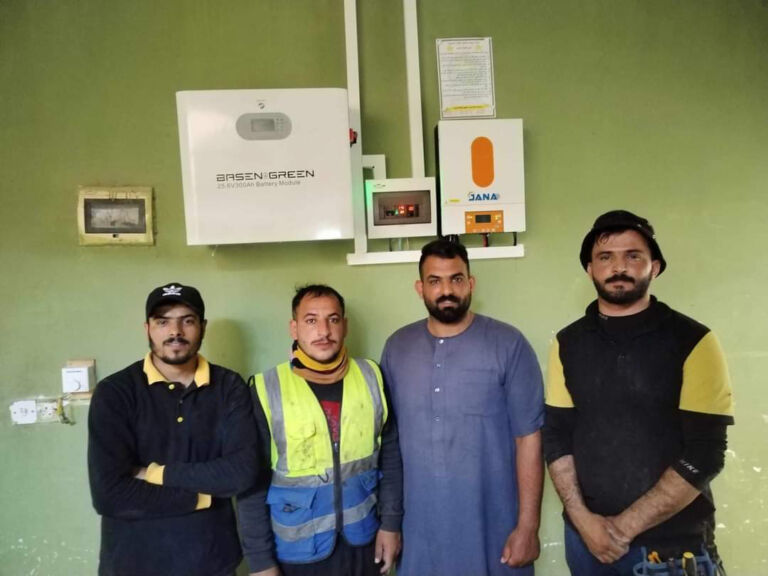How Much Battery Storage Does Australia Need?
Introduction
Australia is a country with a high demand for electricity, and as the use of renewable energy sources such as solar and wind power increases, the need for battery storage becomes more pressing. In this article, we will explore the current state of battery storage in Australia and discuss how much storage capacity the country needs to meet its energy demands.
Current State of Battery Storage in Australia
1. Growth in Renewable Energy
The use of renewable energy sources has been growing steadily in Australia, with solar and wind power becoming increasingly popular. As a result, there has been a greater need for battery storage to store the excess energy generated during peak production times.2. Government Initiatives
The Australian government has been actively promoting the use of renewable energy and has also been providing incentives for the installation of battery storage systems in residential and commercial properties. This has led to an increase in the adoption of battery storage technology across the country.
3. Capacity and Deployment
Despite the growth in the use of battery storage, Australia still lags behind other developed countries in terms of capacity and deployment. There is a need for greater investment and infrastructure development to meet the increasing demand for battery storage.How Much Battery Storage Does Australia Need?
1. Meeting Energy Demands
With the rapid growth in renewable energy sources, Australia needs to significantly increase its battery storage capacity to meet its energy demands. This will help to ensure a stable and reliable energy supply, especially during times of peak demand.2. Storage for Renewable Energy
Battery storage is essential for storing the excess energy generated from solar and wind power. By increasing storage capacity, Australia can better harness and utilize renewable energy sources, reducing its reliance on traditional fossil fuels.3. Grid Stability
Increased battery storage capacity will also contribute to grid stability, especially during periods of high energy consumption. This will help to reduce the risk of blackouts and ensure a more resilient energy infrastructure.4. Economic Benefits
Investing in battery storage will not only benefit the environment but also have positive economic impacts. It will create jobs, stimulate innovation, and drive down the cost of renewable energy technology, making it more accessible to all Australians.5. Future Growth
As the demand for renewable energy continues to grow, so too will the need for battery storage. It is essential for Australia to plan for the future and invest in sufficient storage capacity to support its energy transition and sustainability goals.In conclusion, Australia needs to significantly increase its battery storage capacity to meet the growing demand for renewable energy. By doing so, the country can ensure a stable and reliable energy supply, reduce its reliance on traditional fossil fuels, and contribute to a more sustainable future.


